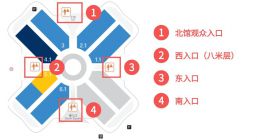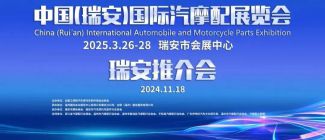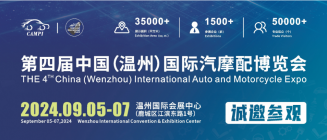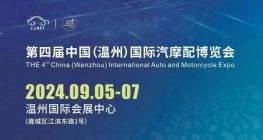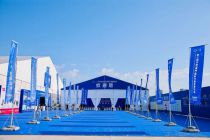Scan QRCode

In mid-april, the new epidemic situation in China has been effectively controlled, and the resumption of work and production in various regions is progressing in an orderly manner.From the perspective of transportation, automap, together with the big data development department of the national information center and other institutions, jointly released the traffic analysis report of major cities in China in Q1 2020. The report shows that the national traffic continues to recover, and nearly 70% of cities have basically recovered their congestion, reaching over 90% in the same period last year.

As can be seen from the national congestion recovery map, xi 'an, shenzhen, wuxi and other east and northwest China have a good situation of congestion recovery, which has exceeded the congestion level of the same period last year.The northeast and north China are relatively slow.At the same time, less than 1% of urban traffic has not recovered to 80% of the same period last year, among which wuhan and Harbin are more typical.
It is worth mentioning that among the "top ten cities blocked" in the first quarter, jinan, xi 'an and other regional economic centers are still active, while first-tier cities such as Beijing, Shanghai, guangzhou and shenzhen have not fully recovered from the congestion. In particular, Beijing saw a 19.4% year-on-year drop in congestion this quarter.In addition, there was a 100 percent decrease in the urban congestion delay index in Q1 compared with last year.The city with the biggest year-on-year drop in congestion was wuhan, which saw a 29% drop.
In the 360 cities monitored by aude traffic big data, 11.08% of the urban commuting peak was in slow motion in the first quarter, and 88.92% of the urban commuting was smooth.The congestion heat map of the national urban commuting rush hour also bid farewell to "congestion red" for the first time.Judging from the driving activity in the first quarter of 2020, 60% of the cities in the first quarter are less than 80% of the cities in the normal state.
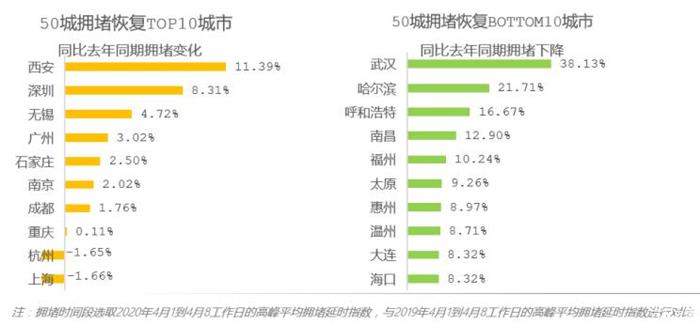
The national average peak congestion delay index is 1.39, and the delta region and the pearl river delta region are lower than the national index, both of which are 1.33, with good traffic conditions.The peak congestion delay index in chengdu-chongqing area is 1.43, the highest in China.
In terms of green travel, affected by the Spring Festival travel rush and the epidemic, the willingness of green travel in major cities across the country gradually declined in January and then stabilized.Among them, the index of willingness to travel by bus and subway decreased rapidly before the Spring Festival, while the index of willingness to travel by bike increased rapidly during the same period.After the resumption of work and production in some cities on February 10, the travel willingness index of bus & subway began to rise slowly, while the riding willingness was basically stable.In the first quarter of 2020, Beijing ranked first in the green travel willingness index.

In the first quarter of 2020, the traffic flow in China's major cities also experienced a cliff-like decline and a gradual recovery.According to the traffic characteristic curve of each city, the autonotte traffic big data team calculated the critical value of the flow when the city as a whole enters the slow state.The lower the critical value of traffic flow is, the less the city can bear the relative traffic flow and the weaker the bearing capacity of the urban road network.Among the megacities, chongqing has the weakest road network capacity. When the morning peak traffic volume reaches 82.7%, the city will enter a slow state.Guangzhou road network has the strongest bearing capacity, and the city enters a slow state only when the morning peak flow reaches 92.53%.
When the traffic exceeds a certain level, the city will show obvious node congestion characteristics and the road congestion mileage ratio will exceed 1%.Based on this, the report calculates the critical flow value of each city with node congestion.The lower the critical value of traffic is, it means that less traffic will lead to congestion of the city's key nodes, and the weaker the bearing capacity of the city nodes is.
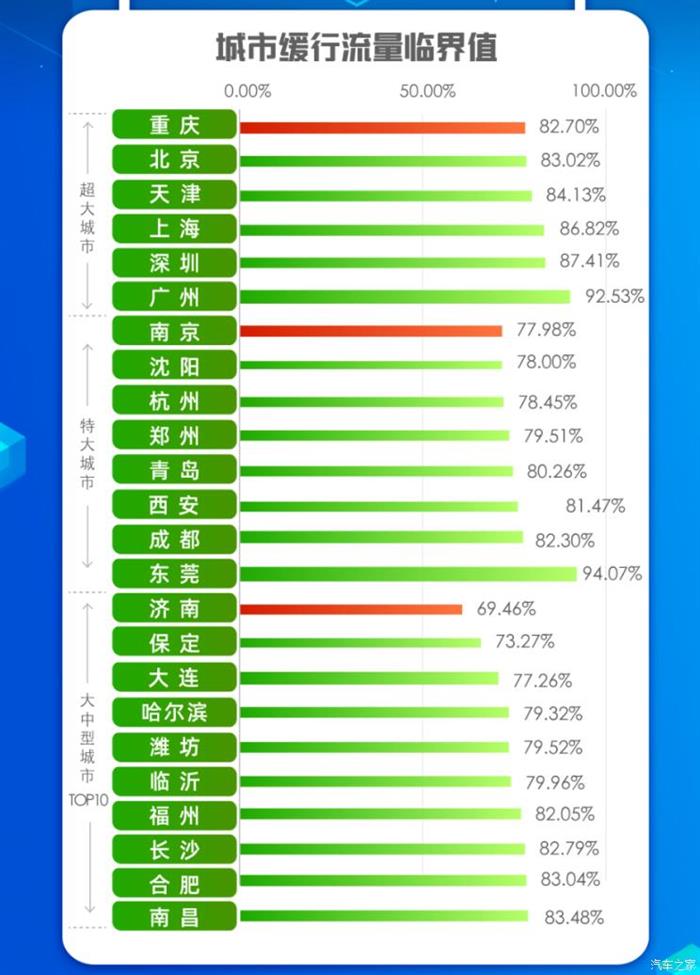
Data show that among the megacities, chongqing has the weakest node bearing capacity. When the morning peak flow reaches 57.49%, 1% of the city's roads will suffer from congestion or severe congestion.Tianjin node has the strongest bearing capacity, and the city presents obvious node congestion only when the morning peak flow reaches 77.46%.
When the critical value of road slow flow (road network bearing capacity) and critical value of node congestion flow (node bearing capacity) are both high in data dimensions, it means that the morning peak of the city presents high toughness.Data show that guangzhou, shijiazhuang, nanning, xiamen and other cities show high resilience in the morning peak, that is, strong resistance to congestion.
AMS2024 Exhibition Guide | Comprehensive Exhibition Guide, Don't Miss the Exciting Events Online and Offline
Notice on Holding the Rui'an Promotion Conference for the 2025 China (Rui'an) International Automobile and Motorcycle Parts Exhibition
On September 5th, we invite you to join us at the Wenzhou Auto Parts Exhibition on a journey to trace the origin of the Auto Parts City, as per the invitation from the purchaser!
Hot Booking | AAPEX 2024- Professional Exhibition Channel for Entering the North American Auto Parts Market
The wind is just right, Qianchuan Hui! Looking forward to working with you at the 2024 Wenzhou Auto Parts Exhibition and composing a new chapter!
Live up to Shaohua | Wenzhou Auto Parts Exhibition, these wonderful moments are worth remembering!
Free support line!
Email Support!
Working Days/Hours!
